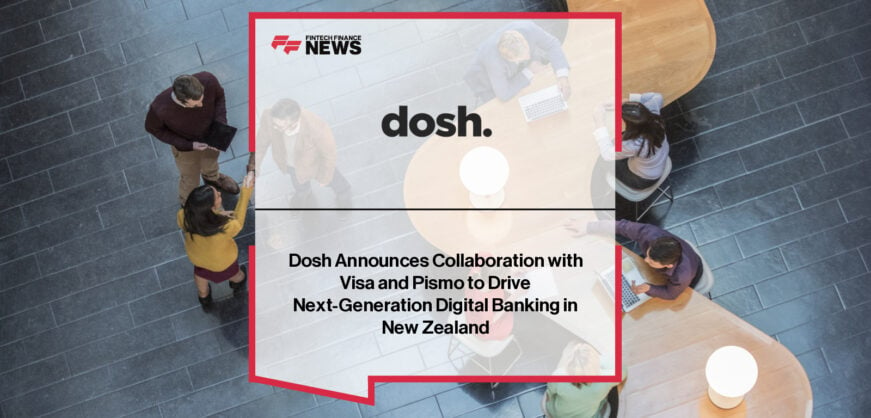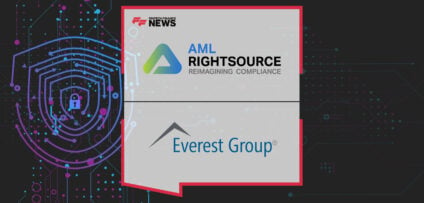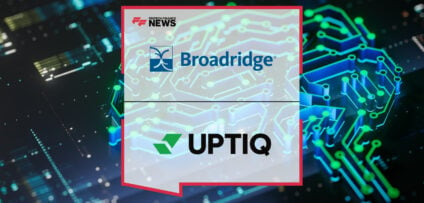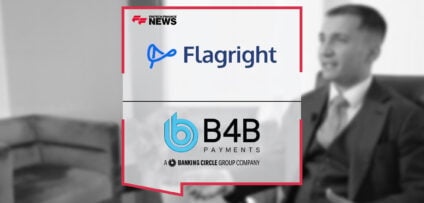Breaking News

Fnality Pioneers Programmable Money for New Digital Business Models
Fnality has introduced a pioneering capability that brings programmability and conditionality to the digital representation of funds at the central bank in the Sterling Fnality Payment System (£FnPS), the world’s first regulated DLT-based wholesale payment system.
Banco Santander, Lloyds Banking Group, and UBS all played a significant role in this development, utilising the £FnPS’s Earmarking functionality. When “earmarked funds” are set aside for a specific purpose in FnPS, they are ‘earmarked’. This prevents the funds from being used for anything other than this specific purpose, thereby maintaining transaction and business model integrity.
The transformative implications of programmability achieved through Earmarking are essential to scaling digital business models for institutions. With Earmarking, institutions will be able to systematically program when funds move, for example, in exchange for a specified (digital) asset, or a related market event. With this in mind, Earmarking is a key enabler of tokenised asset markets – estimated as a $2tn opportunity – which require a real-time programmable cash leg to unlock their promise of faster, cheaper, and safer settlement, as well as new revenue opportunities.
The versatility of Fnality’s programmability, achieved through Earmarking, has already been demonstrated in several proofs-of-concept, including for real-time settlement of tokenised securities,real-time cross-border FX swaps, and real-time repurchase agreements. This new functionality sits alongside other Fnality capabilities such as 24/7 availability and real-time settlement, underpinned by a digital representation of funds held at the central bank, to enable transformative collateral mobility and intraday treasury optimisation benefits. These market tests illustrate Fnality’s drive towards becoming a key institutional payment rail for market-level digital business models.
Michelle Neal, CEO at Fnality International said: “Fnality’s Earmarking feature is a landmark achievement, bringing smart contracts and programmability to payments in a digital representation of central bank money for the first time. This not only addresses existing challenges in wholesale financial markets but also paves the way for a range of innovative solutions that will shape the future of digital finance.”
Angus Fletcher, CEO at Fnality UK commented: “The continued collaboration between Fnality, Banco Santander, Lloyds Banking Group, and UBS has unlocked another new frontier of possibilities, with the real-world implementation of Earmarking just the latest world-first for the Sterling Fnality Payment System as we continue to scale-up, mature, and unlock new value-adding market solutions.”
John Whelan, Managing Director of Digital Assets at Banco Santander said:
“One of the promises of institutional blockchain-based applications is ‘atomicity’ in that all the legs of a transaction either fulfil together or they all fail. There is no leg-risk. The concept of ‘earmarking’ as introduced by Fnality helps enable this feature in a way that can be truly interoperable with other DLT systems. Again, bringing us one step closer to the utilization of this tech at scale in the banking industry.”
Christian Kramer, Head of Payments Strategy & Business Development at Lloyds Banking Group said: “In 2023, we were the first UK bank to achieve a blockchain-based payment using a digital representation of central bank money via Fnality. Now our partnership has reached another milestone by enabling programmability through the earmarking of digital funds held at central bank. Using programmability and smart contracts in payments will enhance financial security, accountability, efficiency and customer confidence while reducing failed payments. Adding these features means taking another step on our path to innovate together by leveraging distributed ledger technology, which brings a new way to unlock value for customers in the UK and beyond, across multiple use cases.”
Anthony Clark-Jones, who leads the Strategic Ventures portfolio at UBS Investment Bank said:
“One of our focus areas in DLT and Digital Assets is the development of infrastructure to handle tokenized assets. This is why we are partnering with central banks and peers on digital currencies and institutional payment solutions. Systematic earmarking of funds is an essential feature in scalable digital business models. The connectivity and programmability enabled through a regulated, DLT-based, institutional-grade payment rail can be leveraged for sustainable commercial outcomes, namely intraday liquidity and balance sheet optimization, alongside delivering positive risk outcomes at scale.”
People In This Post
- Dosh Announces Collaboration with Visa and Pismo to Drive Next-Generation Digital Banking in New Zealand Read more
- NEA-Backed NG.CASH Announces the Close of $26.5M Series B Read more
- Fintech lemon.markets Becomes Part of the dwpbank Group Read more
- Banks vs Fintechs: The Innovation Gap | Part 1 | Mambu’s Banking Insights for Growth Read more
- Trust, Transparency, and AI-Native Innovation | Flagright & B4B Payments Read more





















